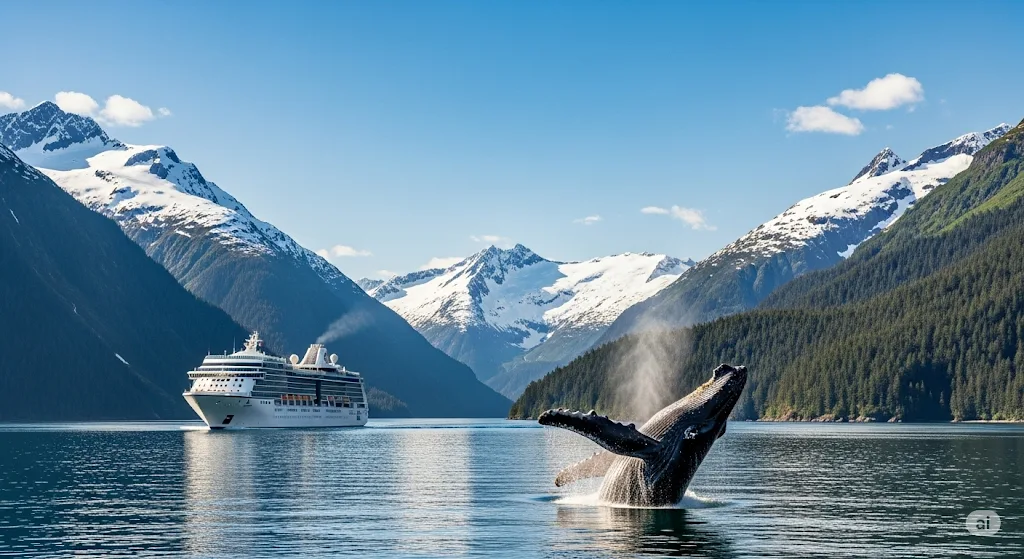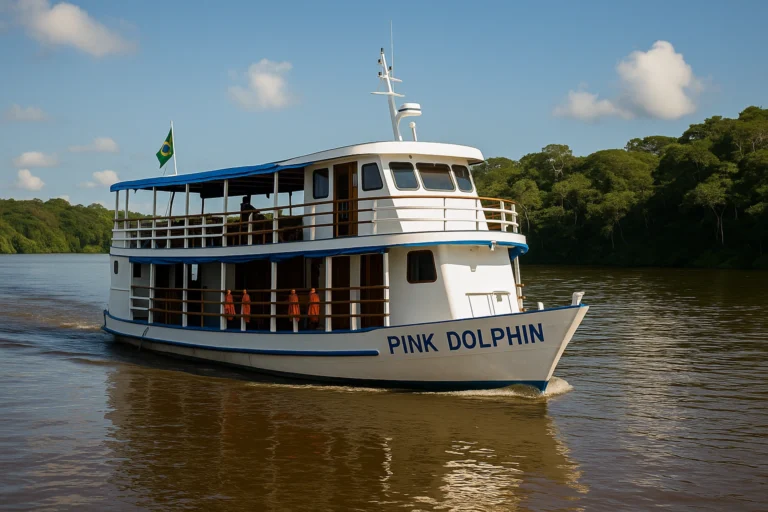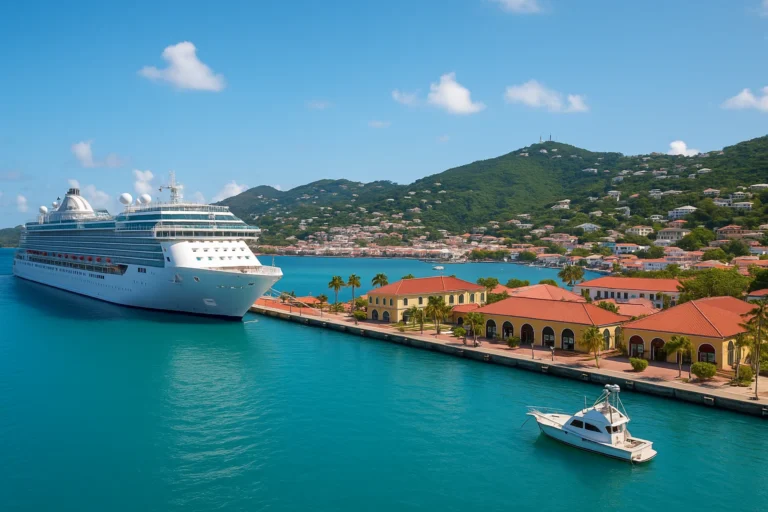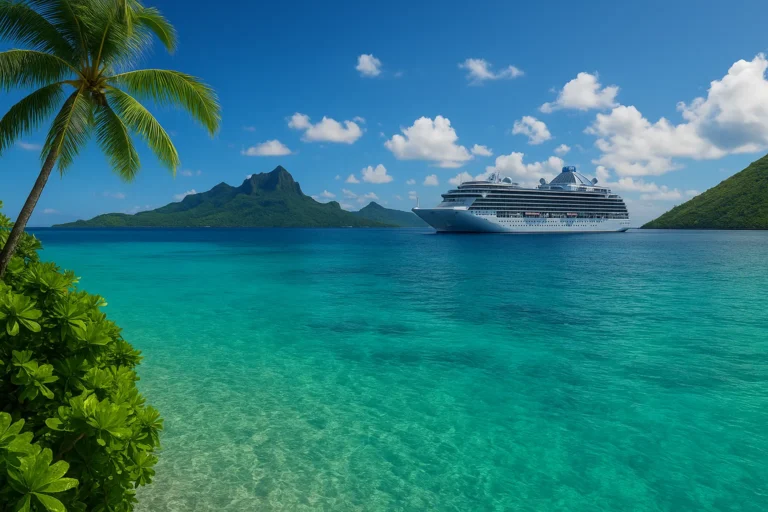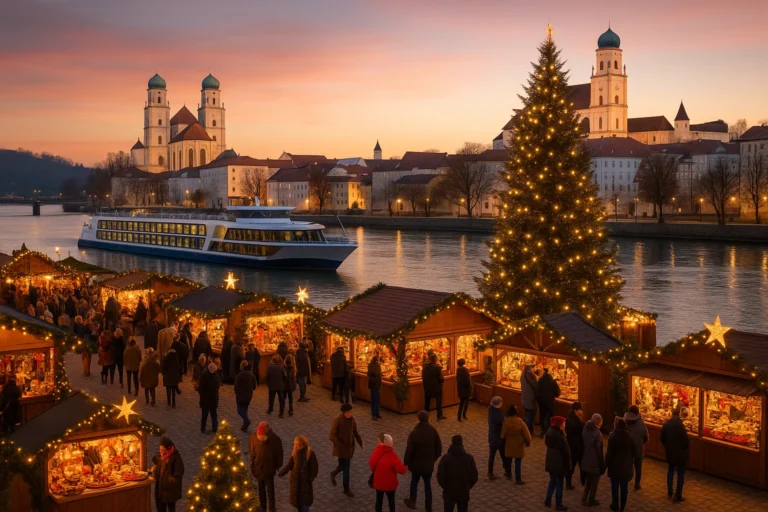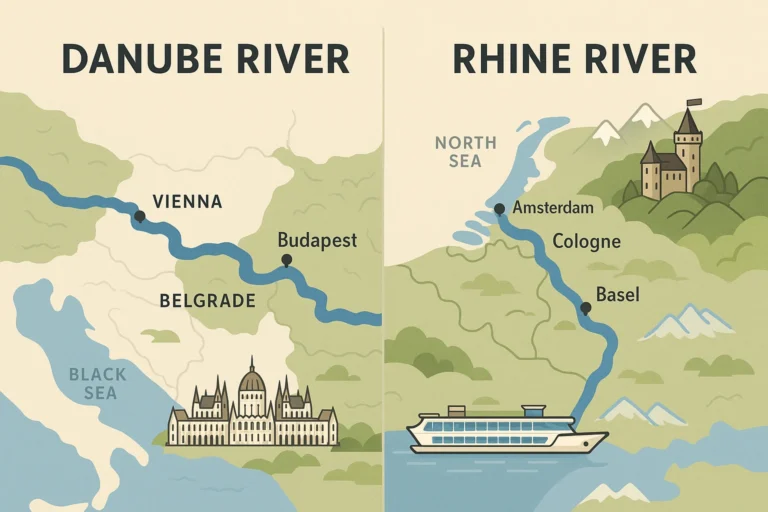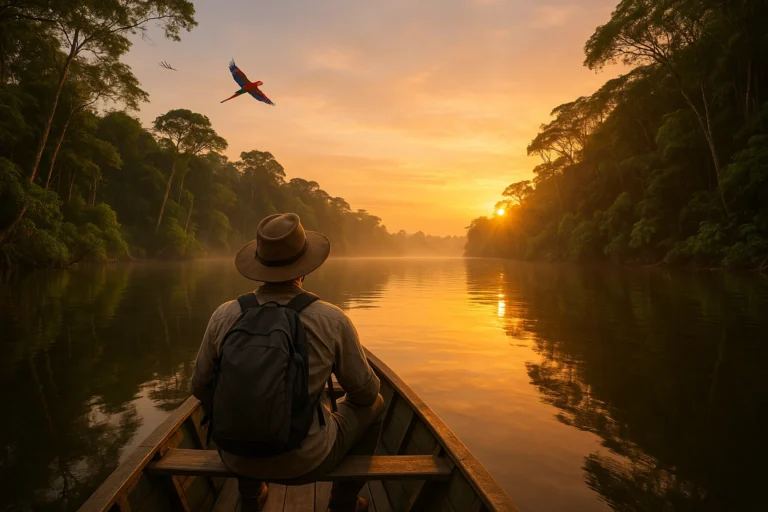The Ultimate Guide to Alaska Wildlife: A Month-by-Month Cruise Itinerary
The Ultimate Guide to Alaska Wildlife: A Month-by-Month Cruise Itinerary, Embark on an Alaskan adventure where every moment promises a glimpse into the wild heart of nature. An Alaska cruise is more than just a vacation; it’s a journey into a world teeming with majestic wildlife, from breaching whales to towering bears. But when is the best time to go? The answer depends on what you hope to see. This month-by-month guide helps you plan your perfect wildlife viewing experience, ensuring you’re in the right place at the right time.Each season in Alaska brings a unique spectacle of nature. Whether you’re a passionate birder, a dedicated whale watcher, or dream of seeing a grizzly bear in its natural habitat, timing is everything. From the spring melt to the autumn colors, here’s what you can expect from the Alaskan wilderness throughout the cruise season.
I. Understanding the Alaska Cruise Season: May to September
The Alaska cruise season is relatively short, condensed into a five-month window from May to September. Within this period, the experience varies dramatically. These months are categorized into a “peak season” and “shoulder seasons,” each with its own advantages regarding weather, pricing, and, most importantly, wildlife activity.
Quick Facts: Peak vs. Shoulder Season
- Peak Season (Late June – Early August): Offers the warmest temperatures, longest daylight hours, and the highest concentration of wildlife. This is when the salmon run is in full swing, leading to incredible bear-viewing opportunities. However, it’s also the busiest and most expensive time to travel.
- Shoulder Seasons (May & September): The bookends of the season provide a different, often more intimate experience. The weather is cooler and more unpredictable, but cruise fares are lower, and ports are less crowded. This is an excellent choice for budget-conscious travelers and those who prefer a more tranquil journey.
II. The Month-by-Month Wildlife Calendar
Each month of the cruise season offers a unique spectacle. Your choice of a cruise month should align with the specific wildlife you hope to see.
May: The Spring Awakening
May is the perfect month for travelers who value solitude and budding nature. The landscape, still shaking off winter’s chill, bursts with new life. As the snow melts, bears, especially grizzlies and black bears, emerge from hibernation, often seen grazing on fresh grasses on the lower slopes. The highlight of May is the gray whale migration, as these colossal mammals make their way north to the Arctic. While humpbacks and orcas are present, their numbers are not as high as in the summer. May is also the best month to see baby animals, including moose calves and bear cubs. Temperatures are cool, and rain is less frequent than in the middle of the summer, making for crisp, clear days. You can also spot migratory birds returning to their nesting grounds, adding vibrant color and sound to the landscapes.
June: The Season’s Prime
June is when the cruise season truly comes alive. The daylight hours are at their longest, giving you maximum time for sightseeing and excursions. The waters teem with life, and this is an excellent time for whale watching. Humpbacks and orcas are actively feeding, and you’ll have a high chance of seeing spectacular breaches and tail slaps. The salmon run begins in late June, bringing bears to the rivers. This is also a fantastic month to see marine birds, including the charismatic puffins, as they nest on the rocky cliffs. The weather is generally sunny and mild, making for comfortable days on deck. The combination of plentiful wildlife and pleasant weather makes June a highly sought-after month.
July & August: The Peak of Abundance
This is the heart of the Alaska cruise season, and for a good reason. The weather is at its warmest, and the wildlife activity is at its peak. The salmon run is in full swing, turning rivers into a feeding frenzy for predators. This is undoubtedly the best time to see bears in action, whether it’s a grizzly fishing for sockeye or a black bear scooping up pink salmon. You can also spot wolves, caribou, and moose in the wilderness. Marine life is at its most visible, with pods of orcas and humpback whales feasting on the abundant fish. Sea lions, harbor seals, and otters are also common sights. While the high season means more crowds and higher prices, the sheer volume of wildlife and the guarantee of a memorable experience make it a popular choice. Glaciers are also very active during these warm months, with frequent calving events that create thunderous roars and new ice formations.
September: Autumn’s Grand Finale
As the season winds down, September offers a unique and beautiful experience. The crowds are much smaller, and the prices drop, making it a great value. The weather can be more unpredictable, with cooler temperatures and a higher chance of rain. However, the reward is the breathtaking scenery as the landscape erupts in shades of yellow, red, and orange. Bear viewing remains excellent, as the animals are still very active, gorging on the last of the salmon to prepare for hibernation. A key advantage of a September cruise is the possibility of seeing the Northern Lights. As the nights grow longer and darker, the chances of a spectacular aurora borealis display increase, making this a top choice for those who dream of witnessing this natural wonder.
III. Choosing the Right Cruise for Wildlife Viewing
Not all Alaska cruises are created equal when it comes to wildlife encounters. The size of the ship and the itinerary play a crucial role in your experience.
Large Ships vs. Small Expedition Ships
- Large Ships: These are the most common and affordable option. They offer a wide range of amenities and visit major ports like Juneau and Ketchikan. While you’ll see wildlife from the ship and on excursions, the sheer size of the vessel can limit access to smaller inlets and coves where wildlife might be.
- Small Expedition Ships: These ships carry fewer passengers and are designed for a more immersive experience. They can navigate narrow fjords and get closer to glaciers and shorelines. Many expedition cruises include zodiac boat tours and offer guided hikes, providing a more intimate and in-depth wildlife experience. They are generally more expensive but are considered the best choice for dedicated wildlife enthusiasts.
IV. Best Ports and Excursions for Specific Animals
Your port of call matters just as much as the time of year. Certain areas are renowned for specific wildlife viewing opportunities.
For Bear Viewing: Ketchikan & Juneau
The best port to see bears is arguably Ketchikan, known as the “Salmon Capital of the World.” The abundant salmon runs here attract both black and grizzly bears. Shore excursions from Ketchikan often take you to the Tongass National Forest, where you can watch bears from viewing platforms as they fish. Juneau also offers excellent bear-viewing excursions, particularly to nearby preserves and rivers where the salmon are plentiful in July and August.
For Whales: Juneau & Icy Strait Point
Juneau is a prime location for whale watching. Humpback whales and orcas frequent the nutrient-rich waters of Stephens Passage. Excursions from Juneau often boast a high success rate for sightings. Icy Strait Point is another fantastic option, with a local focus on whale watching tours that are highly respected for their success and respect for the animals.
For Marine Life & Glacier Viewing: Glacier Bay & Tracy Arm Fjord
These destinations are typically visited as part of a scenic cruising day, not a port call. Glacier Bay National Park is a UNESCO World Heritage site and a protected marine sanctuary. Here, you’ll see a pristine environment with tidewater glaciers and an abundance of marine life, including harbor seals resting on ice floes, sea otters, and various seabirds. Tracy Arm Fjord, known for its twin Sawyer Glaciers, is another hotspot for seals, Dall’s porpoises, and stunning icebergs.
📂 Explore More in These Categories
Alaska Cruises 2025: Best Ships, Glaciers & Wildlife Tips
Best Cruise Destinations in 2025: Caribbean, Europe & Bucket List Ports
V. Practical Tips for Your Alaskan Cruise
Weather & What to Pack
Alaska’s weather is famously unpredictable. A key to a comfortable trip is dressing in layers. Pack a waterproof jacket, comfortable walking shoes, and clothing that can be easily added or removed to adapt to temperature changes. Binoculars are a must-have for spotting wildlife from a distance.
For more specific weather information, here’s a quick look at the average weather by month:
- May: Average high temperature is around 55°F (13°C). Rain is less frequent, and daylight hours are long.
- June: Averages 60°F (16°C). The sunniest month with the longest days.
- July & August: The warmest months, with highs around 65°F (18°C) and more humidity. Expect a mix of sun and rain.
- September: Cooler temperatures, with highs around 55°F (13°C), and more rain. Perfect for those who enjoy dramatic, misty landscapes.
A Note on the Northern Lights
Seeing the Northern Lights on an Alaska cruise is not guaranteed. The best chance is during the September cruises, when the nights are long enough and dark enough to see the aurora borealis. However, a sighting depends entirely on clear skies and solar activity, so it is a bonus, not a certainty. For a dedicated Northern Lights trip, a land-based tour to Fairbanks in winter is a much better option.
Conclusion: Your Alaskan Adventure Awaits
Ultimately, the “best” time for an Alaska cruise depends on your priorities. If you want warm weather and the highest chance of seeing salmon-feasting bears and whales, aim for July and August. If you’re looking for fewer crowds, lower prices, and the quiet magic of a spring awakening or an autumn finale, consider May or September. No matter when you choose to go, an Alaska cruise is an unparalleled journey that connects you with nature in a profound and unforgettable way. It’s a trip that will leave you with a deep appreciation for the last great wilderness and the incredible creatures that call it home.
Frequently Asked Questions (FAQ)
💬 Plan Your Alaskan Wildlife Adventure!
Ready to see whales, bears, and other incredible creatures? Start planning your Alaska cruise today to find the perfect month for your dream wildlife experience. Remember to book your excursions in advance for the best opportunities!
📢 Share this guide with fellow travelers and help them find the best time to cruise Alaska for wildlife!


